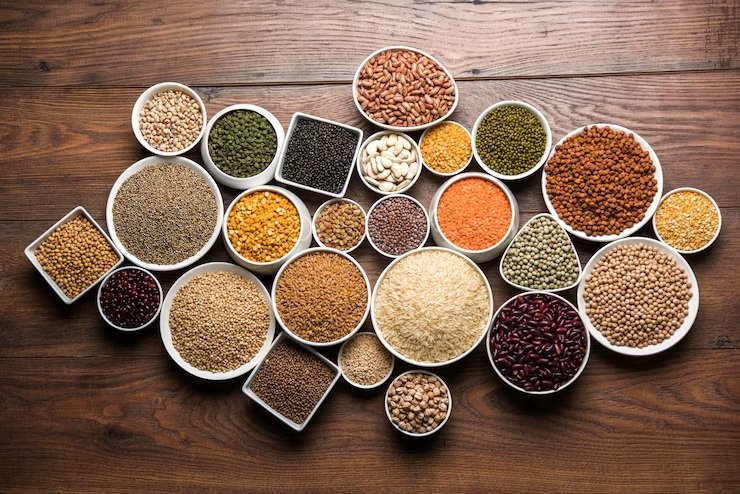India: Yellow Pea Import Report (HS Code: 07131010)
25-Jun-2025 05:03 PM

India: Yellow Pea Import Report (HS Code: 07131010)
★ In FY 2024–25, India significantly increased its imports of yellow peas from multiple countries.
Imports from Canada
★ Canada has consistently remained India's largest supplier of yellow peas.
★ In FY 2023–24, total imports stood at 605,151 metric tons.
★ In FY 2024–25, imports surged to 1,087,427 metric tons.
★ In April 2025, 56,570 tons were imported.
★ For May 2025, estimated imports are 1,102 tons.
★ From December 2023 to May 2025, total imports from Canada reached approximately 1,750,250 metric tons.
~~~~
Imports from Russia
★ Russia emerged as the second-largest supplier of yellow peas to India.
★ In FY 2023–24, India imported 355,790 metric tons.
★ In FY 2024–25, this rose to 671,621 metric tons.
★ In April 2025, imports stood at 22,841 tons.
★ Estimated imports for May 2025 are around 23,033 tons.
★ From December 2023 to May 2025, total imports from Russia are expected to reach about 1,073,285 metric tons.
~~~~
Import Policy & Market Trends
★ The duty-free import window for yellow peas was opened in December 2023 and has been extended six times, currently valid until 31 March 2025.
★ From December 2023 to May 2025, total estimated yellow pea imports could reach 4.592 million tons.
~~~~
Fiscal Year-wise Import Data:
FY 2023–24: 2.296 million tons
FY 2024–25: 2.164 million tons
April 2025: 79,975 tons
May 2025 (estimated): 51,715 tons
~~~~~~
★ Currently, around 500,000–600,000 tons of peas are stocked at Indian ports.
★ This massive volume of imports has impacted the consumption of other pulses in the domestic market.
★ Canada’s new crop is expected to arrive by September. Due to high-cost imports and falling domestic prices, many importers and traders have incurred heavy losses, which may affect future import activity.
★ Now, only large corporations appear capable of handling new import volumes.
★ With significant stockpiles at ports and weak market sentiment, ample availability during the upcoming consumption season is expected to keep prices in check, limiting any major upward movement.
